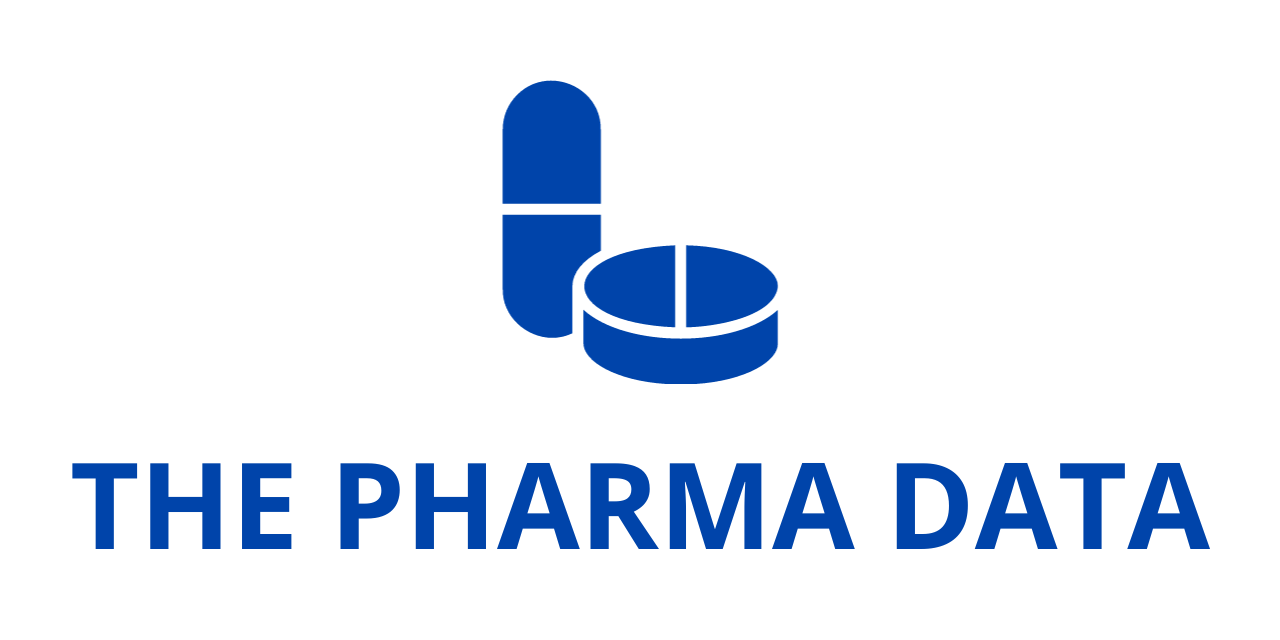
WHO Issues Global Safety Alert Over Vision Loss Risk Linked to Semaglutide-Based Medications
The World Health Organization (WHO) has issued a global safety communication directed at healthcare professionals and regulatory authorities, warning of a potential but serious adverse effect associated with a class of widely used medications containing the active ingredient semaglutide. These medications include Ozempic®, Rybelsus®, and Wegovy®, which are commonly prescribed to treat type 2 diabetes and obesity.
The alert follows a detailed safety review and recommendation from the European Medicines Agency (EMA), which concluded that non-arteritic anterior ischemic optic neuropathy (NAION)—a rare but serious eye condition resulting in permanent vision loss—should now be officially recognized as a very rare side effect of semaglutide therapy. This decision has significant implications for millions of patients worldwide who use these drugs to manage chronic metabolic conditions, as well as for physicians tasked with balancing their benefits and risks.
Understanding the Medications Involved: Semaglutide’s Growing Role in Global Health
Semaglutide is a glucagon-like peptide-1 receptor agonist (GLP-1RA), a class of drugs that has gained substantial popularity over recent years for its efficacy in blood glucose regulation, weight reduction, and cardiovascular risk management. Originally developed for the treatment of type 2 diabetes, semaglutide has also been approved for chronic weight management in obese and overweight individuals, particularly those with weight-related health complications.
Marketed under different brand names, semaglutide formulations serve diverse therapeutic needs:
- Ozempic®: A once-weekly injectable approved for glycemic control in adults with type 2 diabetes.
- Rybelsus®: The first oral semaglutide tablet used to lower blood sugar levels in adults with type 2 diabetes.
- Wegovy®: A higher-dose injectable approved for long-term weight management in adults with obesity or overweight and related comorbidities.
These medications have become central components of chronic disease management globally, particularly in light of rising rates of obesity and type 2 diabetes. As their use expands, so does the responsibility to ensure that all potential risks are clearly communicated and appropriately managed.
The Vision Threat: What Is NAION?
Non-arteritic anterior ischemic optic neuropathy (NAION) is a condition characterized by sudden, painless loss of vision in one eye, often occurring upon waking. It is the second most common optic neuropathy after glaucoma and results from a disruption of blood flow to the optic nerve head, which causes ischemia and subsequent nerve damage.
Key clinical features of NAION include:
- Acute, unilateral vision loss (usually partial, but can be complete)
- Optic disc swelling upon examination
- Absence of pain
- Permanent damage, with no currently approved treatment to reverse or significantly improve vision
The disease typically affects middle-aged to older adults, particularly those with systemic risk factors such as hypertension, diabetes, sleep apnea, and small cup-to-disc ratio anatomy. The risk of recurrence in the contralateral eye varies but is a significant concern.
EMA’s Pharmacovigilance Review: How the Signal Was Identified
The EMA’s Pharmacovigilance Risk Assessment Committee (PRAC) conducted a comprehensive evaluation of all available evidence linking semaglutide use to cases of NAION. This safety review included a wide array of data sources:
- Non-clinical studies and animal models
- Clinical trials, both pre- and post-approval
- Post-marketing safety surveillance data
- Published case reports and literature
- Adverse event reports submitted through national regulatory authorities and global pharmacovigilance systems
Based on the totality of this evidence, PRAC determined that NAION meets the criteria to be classified as a very rare side effect, which in regulatory terminology means it may affect up to 1 in 10,000 users. While rare, the seriousness of the outcome—irreversible vision loss—prompted regulators to take decisive action.
As a result, the EMA recommended that the product information leaflets and safety labels for Ozempic®, Rybelsus®, and Wegovy® be updated to include NAION as an adverse reaction. Healthcare providers should now be alert to this potential complication and act promptly if patients present with visual disturbances.
WHO Response: Global Safety Notification and Next Steps
At its May 2025 meeting, the WHO Advisory Committee on Safety of Medicinal Products (ACSoMP) independently reviewed the data and endorsed the EMA’s assessment. The committee advised that the Risk Management Plan (RMP) for semaglutide be revised to incorporate NAION as a recognized potential risk. This includes implementing additional pharmacovigilance activities, such as targeted monitoring and enhanced patient safety communications.
Given the widespread and growing global use of semaglutide, WHO has elevated this issue through an official International Drug Safety Alert, urging health professionals and national regulatory bodies to be vigilant.
According to WHO, individual case safety reports (ICSRs) of NAION linked to semaglutide have been received through VigiBase®, the organization’s global database for adverse drug reaction reporting. These cases have originated from multiple countries, suggesting that the association is not isolated or geographically confined.
Clinical Implications and Recommendations for Healthcare Providers
Healthcare professionals prescribing semaglutide should now be aware of NAION as a potential risk—even if extremely rare—and take necessary precautions:
- Educate patients about the signs of NAION: sudden vision loss in one eye, blurred vision, or shadowing in the visual field.
- Encourage immediate reporting of any visual symptoms while on semaglutide.
- Refer patients promptly to ophthalmology for evaluation if NAION is suspected.
- Discontinue semaglutide therapy if NAION is diagnosed.
While there is currently no causative treatment for NAION, early detection may help in preserving vision in the unaffected eye and in managing contributing risk factors to reduce recurrence.
Balancing Risks and Benefits: The Role of Informed Decision-Making
It is important to contextualize this new information within the broader clinical picture. Semaglutide remains a highly effective treatment for type 2 diabetes and obesity, with substantial benefits in reducing cardiovascular risk, improving glycemic control, and enabling weight loss. However, as with all medications, these benefits must be weighed against potential risks, particularly when they involve irreversible outcomes like vision loss.
Patients with existing risk factors for optic nerve ischemia—including those with a history of NAION in one eye—may warrant a more cautious approach. Personalized treatment decisions, close monitoring, and shared decision-making between patients and healthcare providers will be essential moving forward.
A Global Call to Action: Strengthening Pharmacovigilance Systems
WHO’s action reflects a growing emphasis on post-marketing surveillance and real-world safety data in identifying rare but impactful adverse events. As more complex biologic and metabolic therapies are developed and prescribed, timely signal detection and global cooperation in pharmacovigilance will be critical to safeguarding public health.
The inclusion of NAION in semaglutide’s safety profile underscores the need for robust international monitoring systems like VigiBase, and for regulators, researchers, and clinicians to work together in rapidly translating safety signals into protective measures.
The WHO’s alert about the risk of non-arteritic anterior ischemic optic neuropathy (NAION) associated with semaglutide-containing medicines is a vital reminder that even highly effective therapies can carry serious risks. The proactive steps taken by the EMA, WHO, and national health authorities aim to ensure that healthcare providers and patients are equipped with the necessary information to identify and respond to this rare but potentially devastating complication.
As semaglutide continues to play a transformative role in chronic disease management, ongoing vigilance, informed prescribing, and patient education will remain key to maximizing its benefits while minimizing harm.




